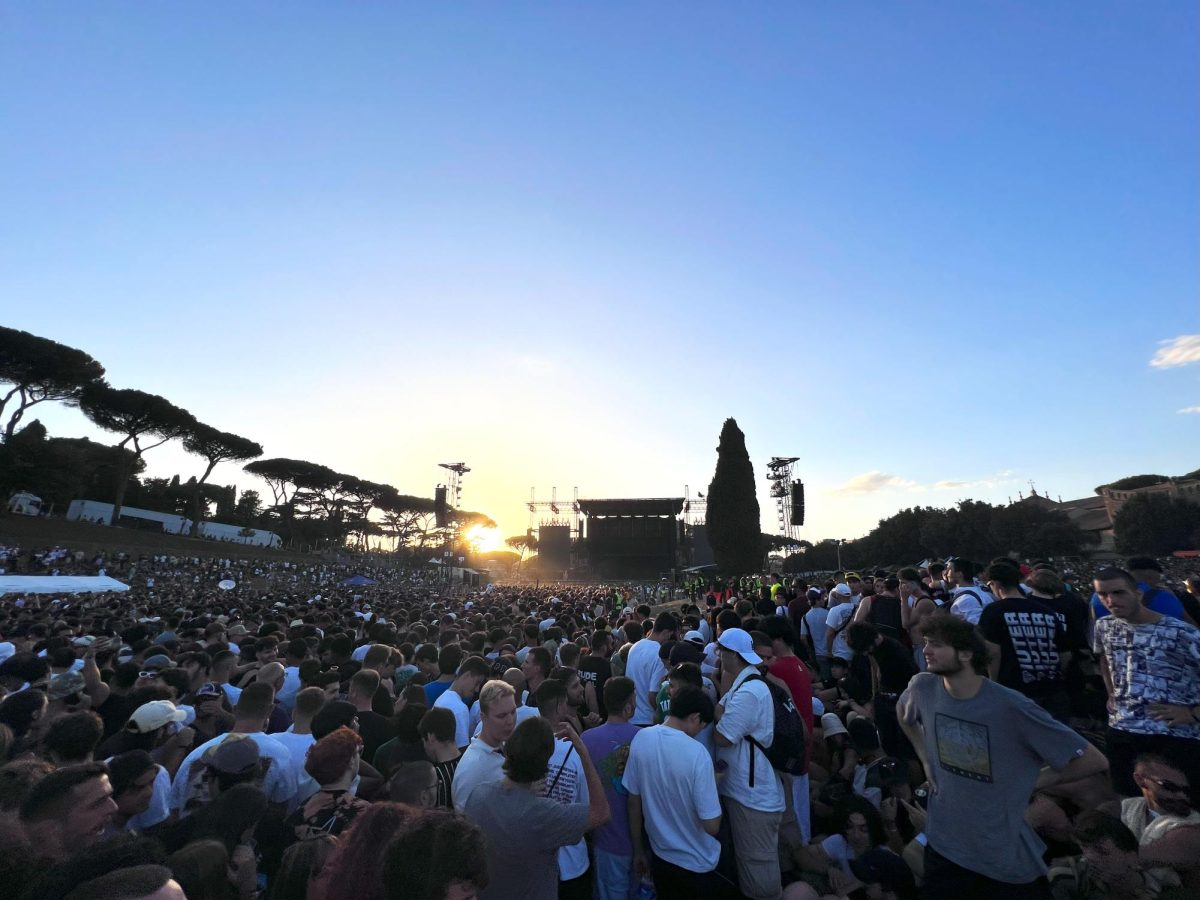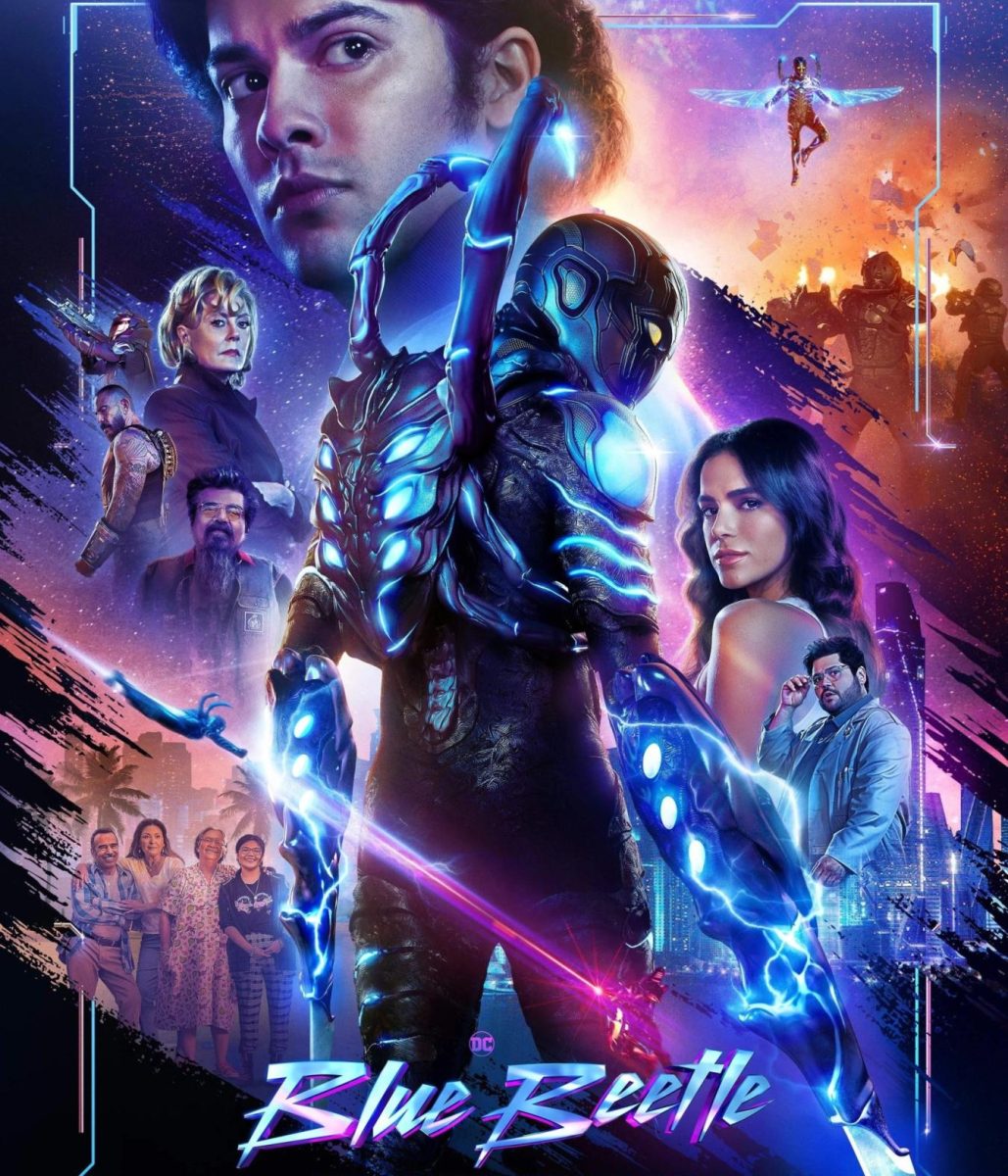COVID-19 has affected the lives of students in many ways, and some are student artists.
Tyler Young is a fourth-year Applied Design Major with an emphasis in jewelry, and a minor in Philosophy at San Diego State University. Rianne Magbuhat is a third-year Studio Arts Major.
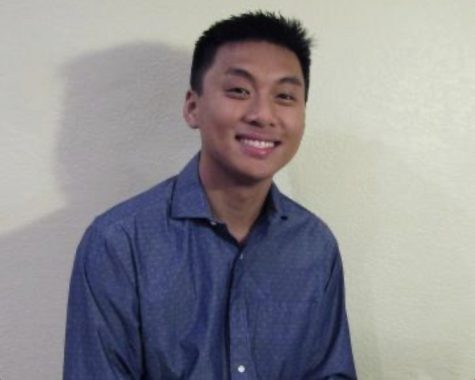
For both of them, one of the frustrations with switching to an online platform is that they don’t get time in the studio.
At an earlier point in the semester, art studios on-campus were open to certain majors, but that quickly changed due to rising COVID-19 cases. Now, art students have to adjust their work to individual circumstances. In many cases that means learning to make do without the same space and fine equipment or materials.
“I live with my parents so I have a garage space to work in, but I hear other students are working from closets or have to go to a friend’s house every day,” Young said.
This is the case for Magbuhat. She turned half of her bedroom into a studio, with projects and supplies taking up one side of her room.
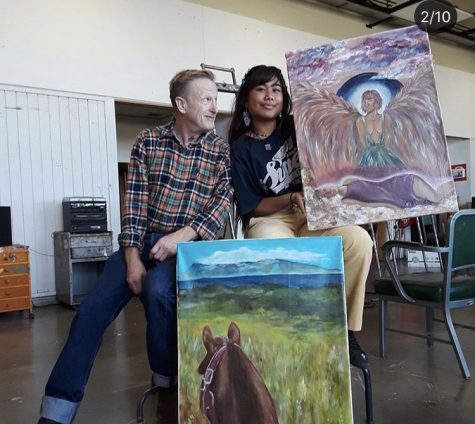
“We didn’t have a lot of the space or material we needed so that’s really impacted my major classes,” Magbuhat said.
Another struggle for artists is finding creative ways to stay busy and motivated.
Young took this time to experiment with different media.
“I’d try to, because I thought it was really funny to make a nice looking necklace from an old juice box,” Young said.
He calls these new creations “humorous jewelry,” and expressed joy just to be working in art again.
Magbuhat also had a surge in creativity during quarantine.
“I recently did a series of five nudes of myself and it was a lot to put out there, not just because of the nudity in it, but the thought process I can see through the progression of each painting in quarantine,” she said.
As quarantine has moved Magbuhat’s canvas from the studio to her own home, she said this time at home has opened horizons into new forms of thinking as a creator.
“Quarantine has helped me curate this new mindset when I go into a painting, and writing alongside that has changed the importance and meaning of what painting is to me,” she said.
When it came to their artistic process and thematic influences, each had a unique take.
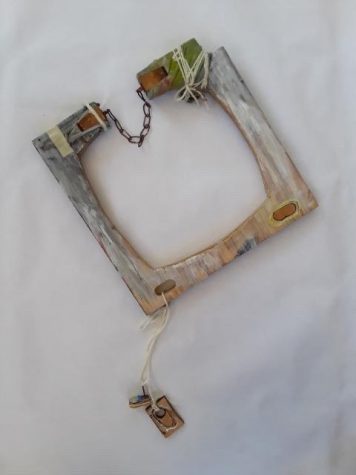
“I’ve always worked a bit messier, [I] have this fun way where I’d try to build things up using refined techniques taught in my craft education, then deconstruct it,” Young said.
Young characterized his process as spontaneous and being flexible.
For Magbuhat, her process incorporates visuals appealing to the eye and mind.
“There’s a lot of movement in my paintings, because I like to do non representational things, like patterns, color.,” Magbuhat said. “Colors are very intentional in my work.
“What intrigues me about non-representational painting, and abstracting forms, is that you can turn it into whatever you want to be. There’s no preconceived ideas.”
With COVID-19 forcing them to take their easels and brushes home, these young artists were disheartened by the lack of interaction with fellow classmates.
“The studios are like our second home, and our closest friends are the people we share the studios with,” Young said.
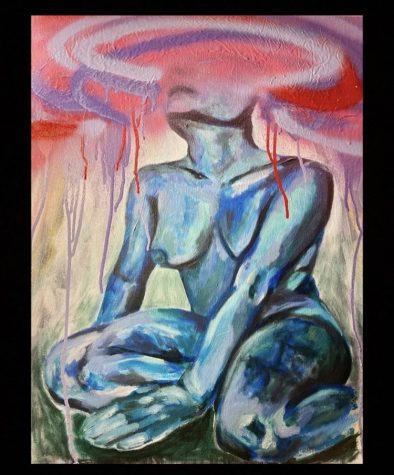
Not only is the in-person communal time the students share motivational, but for artists like Magbuhat, quality feedback from their peers is important.
“Lacking that has really impacted what I’ve been able to create, but has also helped me change my focus,” Magbuhat said.
Avia Rose Ramm is an SDSU alumnus. She graduated in the spring of 2020 with a Bachelor’s in Studio Arts.
Even though Ramm is no longer a student, she has had many changes to her post-graduate plans as an artist because of COVID-19.
Back in May, Ramm missed out on the opportunity to participate in her senior showcase as the school galleries closed due to the pandemic. She had been preparing for a whole year in advance for the exhibition and was disappointed that she wasn’t able to show her work.
Ramm also had an artist residency at a gallery called Bread and Salt in Barrio Logan that was supposed to be from April to July but got pushed back into October.
In June, Ramm expected to have a month-long exhibition at Art Produce, but it was canceled and was instead given the chance to use the space as a work area.
When it comes to promoting her art, Ramm – like many artists – relies on social media.
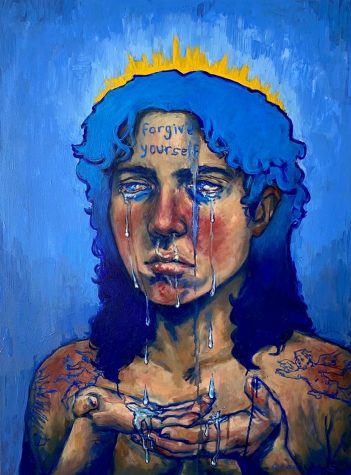
“It can work for some people, but a lot of us want to exhibit in person,” Ramm said.
There are galleries that have online exhibitions where they put up artists’ works on their website. Other galleries like Art Produce have small exhibitions but limit the number of people in the space and are only available through online reservations.
“The part of art shows that I enjoy so much is when we drink and we talk,” Ramm said.
Ramm tries to stay in touch with her fellow artists on their social media platforms. She often reacts to their work and always checks in to see what they’re working on.
“For a while, we were doing Zoom critics, but it’s hard to keep that momentum,” Ramm said.
In addition, many artists have struggled from a lack of exposure and opportunities to get their work out to an audience. To lessen that issue, Ramm tries to share these artists on her Instagram platform often.
Ramm’s artistic style is heavily influenced by the Renaissance and Rococo movement.
“I just think it’s very beautiful and there’s intense symbolism that I feel connected to,” Ramm said.
Mental health, specifically anxiety and depression, are recurring themes in Ramm’s artwork.
“My work used to just be about this hopelessness I’d feel, and others would, but now it’s more about my journey to self-acceptance and hope for a better and happier future,” Ramm said. “I want my work to reach folks who do struggle with depression and anxiety; that do live with a general melancholy and want to feel accepted within themselves.”
Since her graduation, Ramm said she has had more opportunities and it’s improved her outlook on the future.
Moving forward, Ramm wants to keep talking about mental health issues as a way to destigmatize it.
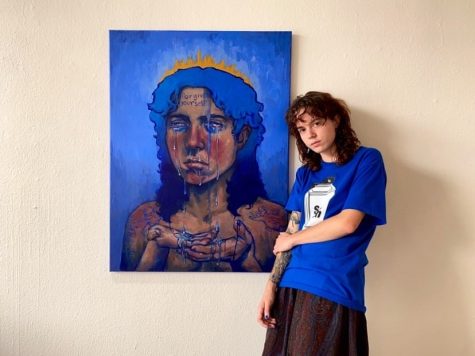
“I want to be part of a progression where we start talking about this stuff, because even though a lot of people say they’re fine with depression, when they face someone who actually deals with it, I notice a lot of people are still very uncomfortable,” Ramm said.
Ramm believes art is an important tool to influence people and she cited the impact art has had on addressing current events and grievances specifically on social media, such as the Black Lives Matter Movement and the elections.
“I think anyone can consume art and I think it’s really cool how subjective it can be, everyone consumes it in a different way,” Ramm said.
Despite COVID-19 affecting these current and former student artists’ plans and working conditions, they continue to produce work that they’re proud of.



